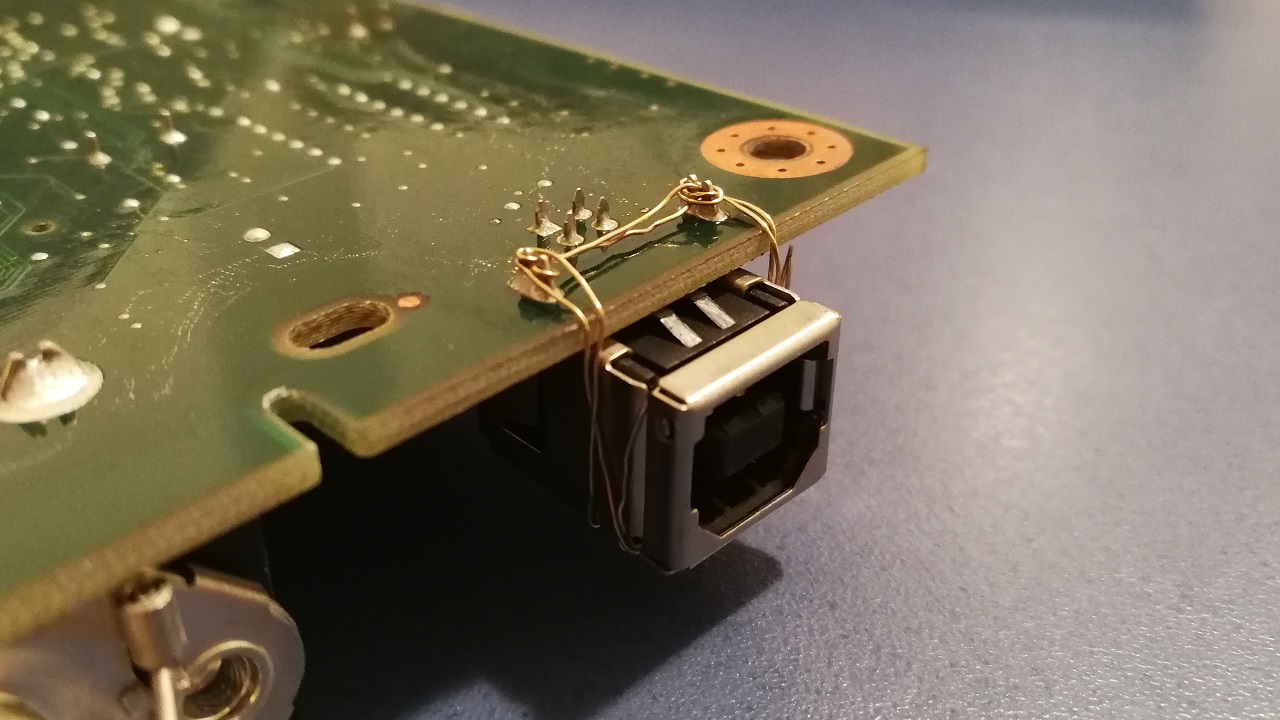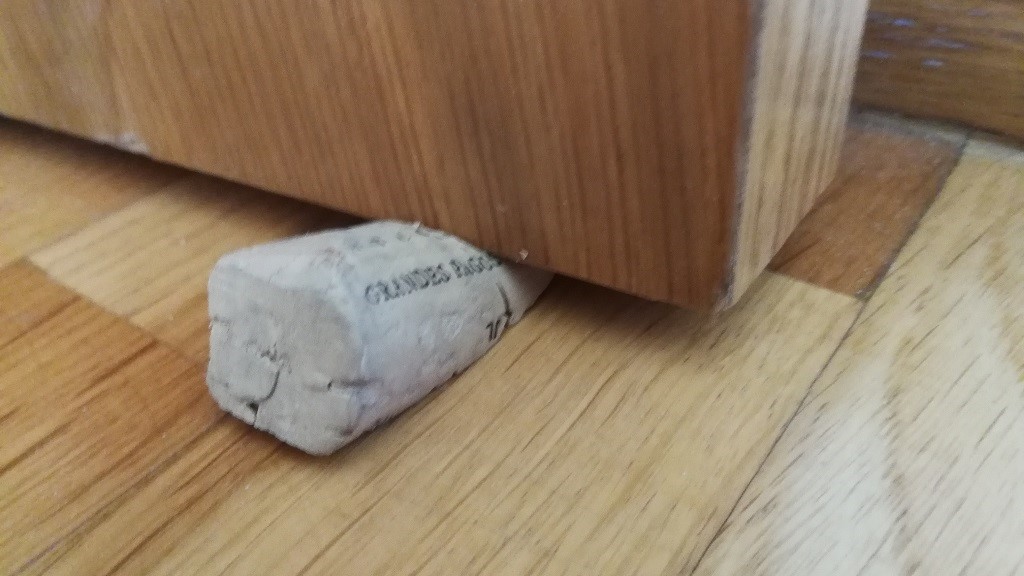A brief view of oneself
About
Life
Born in Brasilia, Brazi, lived most of my life there. Loads of fun on a suburb house in the early childhood, later moved downtown and manage to get a nice nerd life there. Got my first Atari and loads of fun going to Sears store to play with the computers on display. Finally got my first 8 bit computer, a TK 2000 and later an moved to an MSX. Worked as an office assistant in a bank to by my desired dot matrix printer. experimented making explosives and rockets that drove my mother crazy and made a few burn scars in the kitchen.

Early on got the opportunity to live by myself and study in Campinas. Did some traveling, most of the time near São Paulo and Minas Gerais but also around South America, including a trip all the way to Ecuador, riding the overrated death train to Bolivia, camping by the titicaca lake, following the inca trail to machu picchu, the nazca lines and the peruvian desert all the way beyond Lima and crossing to Ecuador up to Quito and all the way back.
Later went on to work abroad, living in England, Venezuela, Indonesia, Argentina. In between, several leisure trips around those countries and other places in Europe doing things I enjoyed, specially photography and hiking.
Back to Brazil, still kept my hobbies and took opportunities to join projects that allow me to meet new people and new places, including small working trips around Brazil and to Peru, Chile, Canada, USA, Germany, France, South Korea, Japan and Spain.
Somehow in all this I manage to keep a stable relationship with my wife, my partner and friend since my last year of grad school. Later we were joined by two beautiful daughters whose education took most of my free time but come to enrich this wonderful ride.
Education
Follows a list of the most relevant educational references, excluding training activities with less than 100 hours. Language proficiency is presented using
Graduate Degree in Electrical Engineering (Level 6 EQF-MEC)
at Universidade Estadual de Campinas, UNICAMP, Campinas, SP (Brazil). Electrical engineering skills includes those related to the research and development, testing, manufacturing, installation, operation and supervision of electrical and electronic equipment and facilities. Complementary studies taken in the telecommunication area, including: communication theory and coding, communication systems, antennas, propagation, optical communications, data transmission, digital signal processing and image processing.
Master’s Degree in Electrical Engineering (Level 7 EQF-MEC)
at Universidade de Brasília, UNB, Brasília, DF (Brazil). Digital Signal Processing, Image Processing, Stochastic Process, Intelligent Systems; Teaching probation in Electronic Lab. Master thesis with the theme: "Calibration and Geometrical distortion mapping applied to stereo vision system"
Master’s Degree in Information Management (Level 7 EQF-MEC)
at Universidad Politécnica de Valencia, UPV, València (Spain). Various subjects to develop the ability to analyse, design, select, organize, manage, evaluate, optimize and distribute products and services based on information. Master's final project applies several tools currently available in data science to implement an automation system to optimize the use of a spectrum monitoring network based on the usage patterns identified by systematic sweeps. The implemented solution should also provide advanced reporting capabilities to enable the use of the identified patterns to support spectrum management activities.
WBT on web development with PHP and SQL with MySQL DBMS (Level 3 EQF-MEC)
by Portal da Educação, Campo Grande, MS (Brasil). HTML basics, Sections and Tags; Style sheets (CSS); Forms and Controls; Client-Server Architecture (get and post); PHP and MySQL installation and configuration; Web server installation and configuration; PHP coding (operators, loops, functions, IO functions); PHP database functions; session management; exceptions handling; security; relational database concepts; tables and records; keys; data types; Database operations; views and triggers. (web-based training with 140 hours)
WBT on Linux LPIC1 Certification training (Level 3 EQF-MEC)
by Linux Professional Institute, Belo Horizonte (Brasil) Training for CompTIA, LPI and Novell SuSE certification. Includes topics in: System Architecture; Installation & Package Management; GNU & Unix Commands; Devices & File systems; Shells, Scripting & Data Management; User Interfaces; Administration Tasks; Essential System Services; Networking Fundamentals; Security. (web-based training with 140 hours)
ILT on Telecommunication Standardization II (Level 3 EQF-MEC)
at the facilities of the Japan International Cooperation Agency, JICA, Tokyo (Japan) Training includes the following topics: International mandatory standards; Voluntary standards applied in Japan; International standardization trends and efforts being made by the Japanese government toward international standardization; Standardization policy and activities in Japan; Regional standardization activities by APT. The training will also include activities aiming to identify the problems related to standardization activities in the participant's respective countries and formulate a plan to improve the activities at the level of their own organizations. ( 120 hours ).
Career
Follows a list of the most relevant professional references, were excluded isolated projects, that lasted less than a year. Even so, such projects included important experiences, such as development of software for sensorial analysis at the Food Engineering Faculty, Unicamp. Development of an voice service channel using sigma delta encoding for optical modems at AsGa and automation of milling tools for small companies in Brasilia.
Wireline & Testing Field Engineer
working for the Schlumberger Wireline & Testing division, was responsible for operational team conducting geological survey using wireline sensor probes and other oilfield related tasks, such as pipe cutting and punching using specialized remote operated probes. Most of the work time was spent on the land fields of Duri, Indonesia, but activities and training were developed in Mossoró, Brazil; Worcester, England; El Tigre, Venezuela; Duri, Indonesia; Macaé, Brazil and Comodoro Rivadavia, Argentina.
Telecommunications Regulatory Specialist
working for the Agência Nacional de Telecomunicações, ANATEL, Brasilia (Brazil) as an Engineer providing support to field operation of the technical regulatory enforcement department, mostly on the specification and procurement of measurement equipment, calibration and maintenance services. Took on several missions as Brazilian representative for International Telecommunications Union (ITU), specially for the spectrum monitoring working party (WP1C), within the radio communications sector.
Language
Assessment using Common European Framework of Reference for Languages. Mother language is the Brazilian Portuguese. English assessment by International English Language Testing System Certificate, IELTS. Spanish assessment by Enforex, Centro de Estudios Internacionales with additional use during more than 2.5 years living in Spain. French level by initial education with private instructor.
Português
English
Castellano
Français
C2
C1
A2
C2
C2
C1
A2
C2
C2
C1
A1
C2
C2
C2
C1
A1
C2
C1
B2
A1
Projects
Intelligent Spectrum Monitoring Network
Propose a system to automate and optimize a spectrum monitoring network operation using machine learning technics, including strategies to manage the data produced by such network in order to provide insight into the radio spectrum usage though new visualization and analysis strategies.
Main strategy focus on the creation of estimates for the probability density functions (PDF) that model the communication channel through a basic bayesian network, such as MCMC ( Markov Chain Monte Carlo). Starting with no prior knowledge of the radio spectrum usage, the system progresses through successive approximations until a large number of samples is acquired and a PDF estimate is possible. The use of the estimated PDF allows for further optimization of the acquisition process based on specific reliability targets set by the user.
PDF functions and channel usage patterns are shared between stations allowing for faster collection of data and further generalization of the models created by clustering of the individual PDF functions around centroids that represent specific usage patterns. The improved models based on the generalized functions may be used in future works create more realistic estimations for supporting predictive analysis and decision is spectrum allocation and management strategies. The same models may be used to improve data quality in license database and guide enforcement activities.
As per architecture, the system uses microservices developed in C++ and Python running on linux servers, allowing for greater scalability. Data storage uses HDF5 format for better interoperability and easier data sharing. Complementary studies into radio spectrum ontologies was conducted in order to standardize as much as possible the metadata structure that is stored as attributes within each HDF5 file. Some of the most relevant metadata is and replicated into an MariaDB server that supports the graphical user interface (GUI).
The pilot version that includes a bayesian carrier detector and basic analytics is available on github at https://github.com/FSLobao/Spectrum-Cortex.
A detailed description is presented on the master dissertation tesis Intelligent Radio Spectrum Monitoring (also available at UPV: http://hdl.handle.net/10251/128850).
Telecommunications Service Regulatory Enforcement during Major Events
For a broad description of Anatel enforcement participation on major events, please refer to the Annexs on the Report ITU-R SM.2257-4 and Report ITU-R SM.2257-3.
I had the opportunity to participate as a technical analyst and coordinator for several projects that were conducted on the period from 2011 to 2016 that enabled Anatel to perform its obligations on the rollout of major events in Brazil, specially the FIFA World Cup 2014 and the Summer Olympic Games in Rio de Janeiro on 2016.
Major contributions were related to the procurement of measurement equipment, specially mobile and transportable spectrum monitoring stations with AOA and TDOA direction finding capabilities, portable direction finders using directional antennas, mobile and transportable stations to evaluate the human exposure to electromagnetic fields (NIR) and various accessories, ranging from sticker tags to be used for equipment identification to antennas and real time spectrum analysers.
Apart from the system specification in itself, those projects incorporated some interesting approaches to sustainability, including extended warranties and services that were designed to incorporate into the acquisition price, as much as possible of the total ownership cost.
All reference documents are publically available at www.anatel.gov.br. Please contact me through one of the social media channels if you are interested on any specific measurement equipment requirement and contract strategy.
Equipment Calibration
Since 2000, I've worked on all projects related to quality control and measurement equipment calibration at Anatel. The initial effort was conducted as part of Anatel's quality certification process to the ISO 9000/1994 standard into which I also worked as lead auditor. Also, as part of the support team responsible for the measurement equipment used by Anatel, took the role of Product Owner in the development of the equipment management systems used by Anatel since early 2000, firstly SCEF, developed in ASP, later in the same decade the system was rebranded as SCIF and finally migrating to a module within FISCALIZA around 2015.
More recently, one may highlight the role as coordinator for the working group responsible for the implementation of Anatel's Measurement Management System used by the Regulatory Enforcement Superintendence. This management system was based in ISO 10.012 standard and propose an holistic approach to manage all required resources to enable Anatel's field teams to perform according to the highest quality standards, including human, material, procedural and informational resources.
Final version of the resulting standard is available (portuguese only) at: Portaria Anatel nº 2158, de 8 de dezembro de 2021 (SEI nº 7783242)
Docs & More
On this section I list some of the work I've been doing and that I believe might be of use to others. Most of the recent works are unpublished results from my studies at MUGI. They are presented in reverse chronological order.
Master dissertation: Intelligent Radio Spectrum Monitoring
This master dissertation provide an overview about the "Spectrum Cortex" project, presenting the system architecture and pilot system development. This project is briefly described above, on the Projects section.
Network of Telecommunication Regulatory Agencies (MUGI.UPV 2018 )
This report presents "a prospective study about the presence and impact on the internet of the national authorities responsible for the regulation of the telecommunications market, comparing their activity to identify leaders that may be pointing the way for more encompassing communication strategies over the web". Basic website metrics were conducted using python scraping tools and additional analysis were conducted using web analytics tools, such as Followerwonk, Commentpicker and Gephi.
Twitter Sentiment Analysis ( MUGI.UPV 2018 )
On this project I worked on a dashboard for the visualization of tweeter behaviour using sentiment analysis. The basis for the sentiment analysis applies Sentistrength and spanish word libraries and it was used to create a showcase on twitter analysis for the public transportation companies that provide services in Valencia. The modules were created in Python 3 and are available at github at https://github.com/FSLobao/TweetSense.
A sample resulting dashport for the case study can be seen at this demo page.
Basic R Exercises ( MUGI.UPV 2018 )
This is a series of basic R exercises used on business analytic classes. They are classical examples and are presented as reference to the specific solutions and the use of essential libraries, such as GGPlot. Only the knitted html documents produced by R Studio are presented on the following links, ordered from the more complex to the simpler cases. The original datasets can be downloaded from hyperlinks created over the filenames on the knitted html files:
Presentación de Datos Masivos en Contexto Geográfico ( MUGI.UPV 2018)
This report (Spanish) makes a brief introduction to geographic information systems (GIS) amd explores a few applications and services that might be used with the objective of exploring and presenting massive data within a geographic context. Interesting for its review of current tools that are available for the general public, a development on the recent years that has much in contrast to the initial developments over specialized tools.
Study on the demand and contract strategies for transportation services to be used by Anatel decentralized offices. ( ANATEL SEI 2016)
On this study SAS Enterprise Guide and other analytic tools were used to evaluate different strategies to contract transportation services to assist Anatel operations on its 27 office locations. The report takes various sources of information for all 27 locations, including local price policies for taxi services, existing contracts and usage profile on several months, including distances and road conditions to conclude with recommendations on the ideal number of vehicles to be contracted as exclusively dedicated rental services and how much should be contracted as a temporary fleet, using standard rental services or taxi. Original title: Estudo sobre Dimensionamento da Demanda e Estratégias para Contratação de Veículos para Uso pela Anatel em suas Unidades Descentralizadas. ( SEI 2016)
Broadcast monitoring (Section 5.2 of the ITU SMH 2011)
"this chapter present general guidelines to expand the monitoring facilities by implementing additional monitoring channels adequate to content monitoring. These subsystems usually are essential to perform activities such as coverage and quality of service evaluation, providing receiving characteristics closer to the final user experience, and also may prove invaluable to provide ability to simultaneously monitor multiple channels at relatively low cost".
Non-ionizing radiation measurements (Section 5.6 of the ITU SMH 2011)
"NIR measurements are in principle simply field strength measurements. However, there are some constraints to be considered and the evaluation of the results is different. Considering these specificities, § 5.6 is intended to provide additional support for spectrum monitoring personal and organizations on how to perform this task. It describes the basic principles and references for in-situ measurements in order to assess electromagnetic fields for the purpose of comparison against limits for human exposure. They are not applicable for cases where the critical exposure is strongly localised, e.g. with cellular phone handsets in relation to the human head".
Calibration with geometric distortion mapping applied to an stereo vision system ( MSc Thesis, 2004)
"In this work, a stereo vision system was implemented as a study platform of the calibration methodologies that can be applied to commercial video cameras. The calibration procedure is especially critical for this kind of devices due to wide variations between cameras". Original title: "Calibração com mapeamento das distorções geométricas aplicada a um sistema de visão estéreo"
Calibration automatization for low cost camera to be used on computer vision ( SBAI 2003 )
"This paper proposes a calibration procedure for low cost cameras as an alternative for computer vision applications.Considering ways to simplify the calibration procedures, we propose automation as a key functionality. A distortion parameter intrinsic calibration procedure was conceived to be carried out by a prototype system with a central controller that can carry out the image processing tasks and adjust properly the calibration parameters. It is an efficient alternative to use TFT-LCD video monitors as calibration standards, because their flatness, homogeneous illumination, geometric stiffness and availability. The experimental results obtained with the proposed setup are based on the usual camera distortion models". Original title: "Automatização da Calibração de Câmeras de Baixo Custo para Uso em Visão Computacional ( SBAI 2003 )"
Ideas & Life Hacks
Here are some ideas, solutions, tricks and things that I learned or developed and that were quite useful to me on various occasions, so I'm posting then on the expectation that they might help somebody else.


